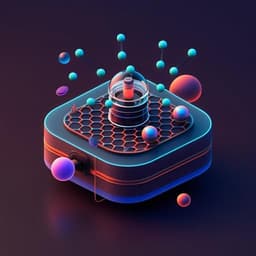
Biology
DiLFM: an artifact-suppressed and noise-robust light-field microscopy through dictionary learning
Y. Zhang, B. Xiong, et al.
Discover DiLFM, a groundbreaking light field microscopy technique developed by Yuanlong Zhang, Bo Xiong, Yi Zhang, Zhi Lu, Jiamin Wu, and Qionghai Dai. This innovation leverages dictionary learning to tackle noise and artifacts in imaging, enhancing performance in low-light conditions and expanding its applications to high-speed blood cell counting and whole-brain calcium recording.
~3 min • Beginner • English
Related Publications
Explore these studies to deepen your understanding of the subject.







